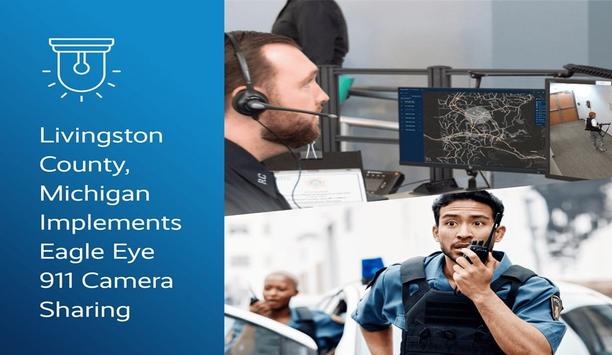The capability of CCTV systems has changed dramatically in recent years with the move from analogue to digital allowing more powerful and flexible systems to be rolled out for commercial and public space surveillance; the ability to record more pictures per second (driven by the development of more powerful video signal processors); cheaper storage; mobile systems on buses and trains; the increasing application of CCTV in a networked environment and new ways to automatically analyse images - from automatic number plate recognition to patterns of behaviour - and associate images with data captured elsewhere.
Necessarily this rapid transformation brings with it new challenges to which legislation and industry standards must be able to respond.
Whatever the pressures from the police or security services in the fight against crime and terrorism we need to be extremely cautious in how - if ever - we choose to breach the terms of Human Rights Act and Data Protection Act with regards to CCTV. This should only be considered in exceptional circumstances, for instance to gather evidence in the wake of a major terrorist incident, and even then any breach should be within carefully defined boundaries.
With the growing sophistication of CCTV - and the potential to cross-reference images with other data - legislators need to be wary of connections being made between such information - through processes such as data mining - and questions need to be asked about where both the ownership of such data and the consent for its use actually lies.
Travel cards can, for example, highlight the behaviour of millions of individuals and potentially allow associated digital CCTV images to be called up - without a person's knowledge or any effective governmental control. There is even the chance that this sort of data could be made available to third parties. Monitoring for congestion charging also has the potential - tied-in with ANPR (Automatic Number Plate Recognition) - if left unchecked to throw up similar problems.
Undoubtedly, CCTV plays an invaluable role with regards to crime detection and prevention in the UK and still maintains widespread public support. It is therefore essential, moving forward, that checks and balances are adequately maintained - e.g. the Data Protection Act - to ensure that CCTV is not used inappropriately and that legislators closely monitor the potential impact of new technology on the privacy of individuals.
















